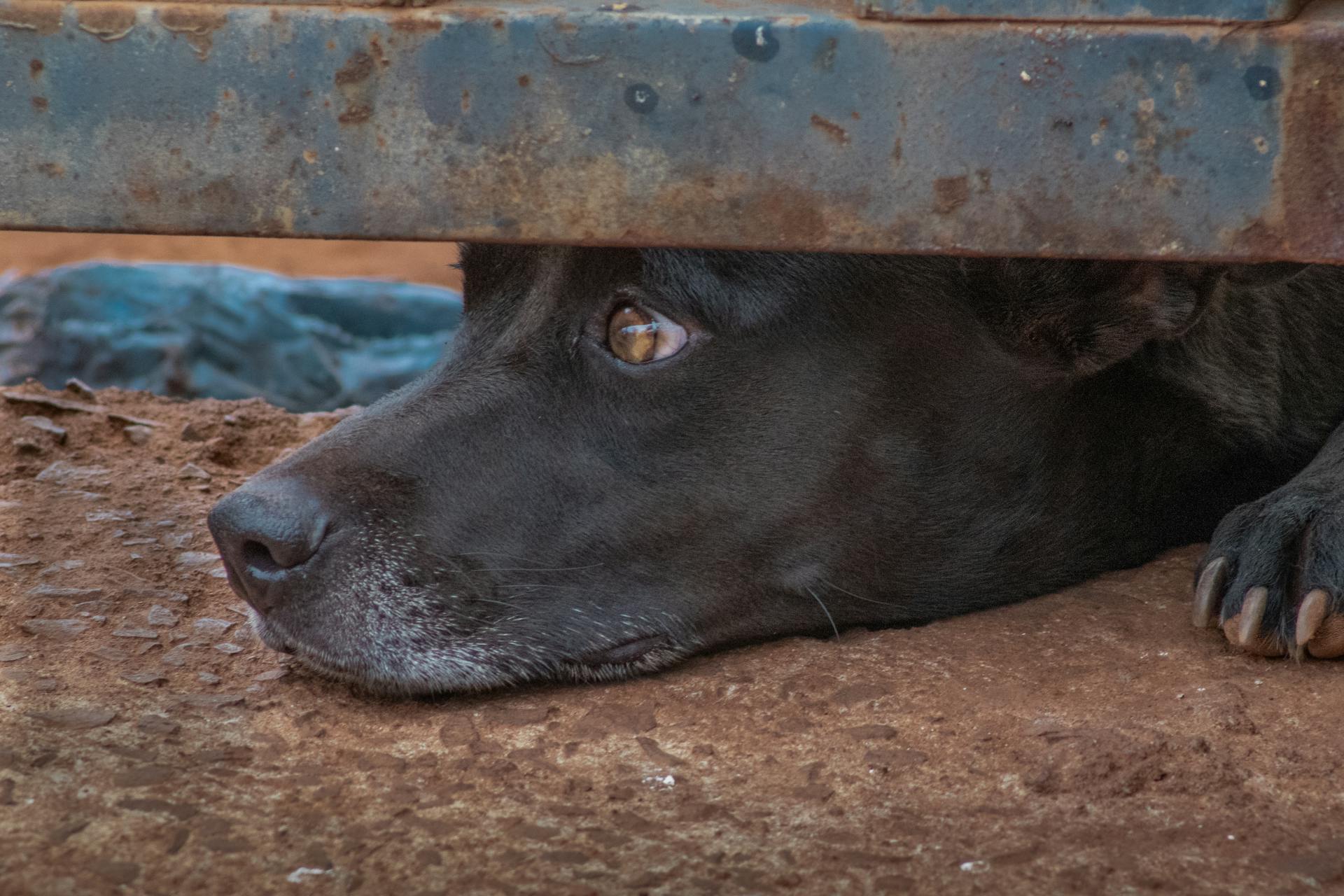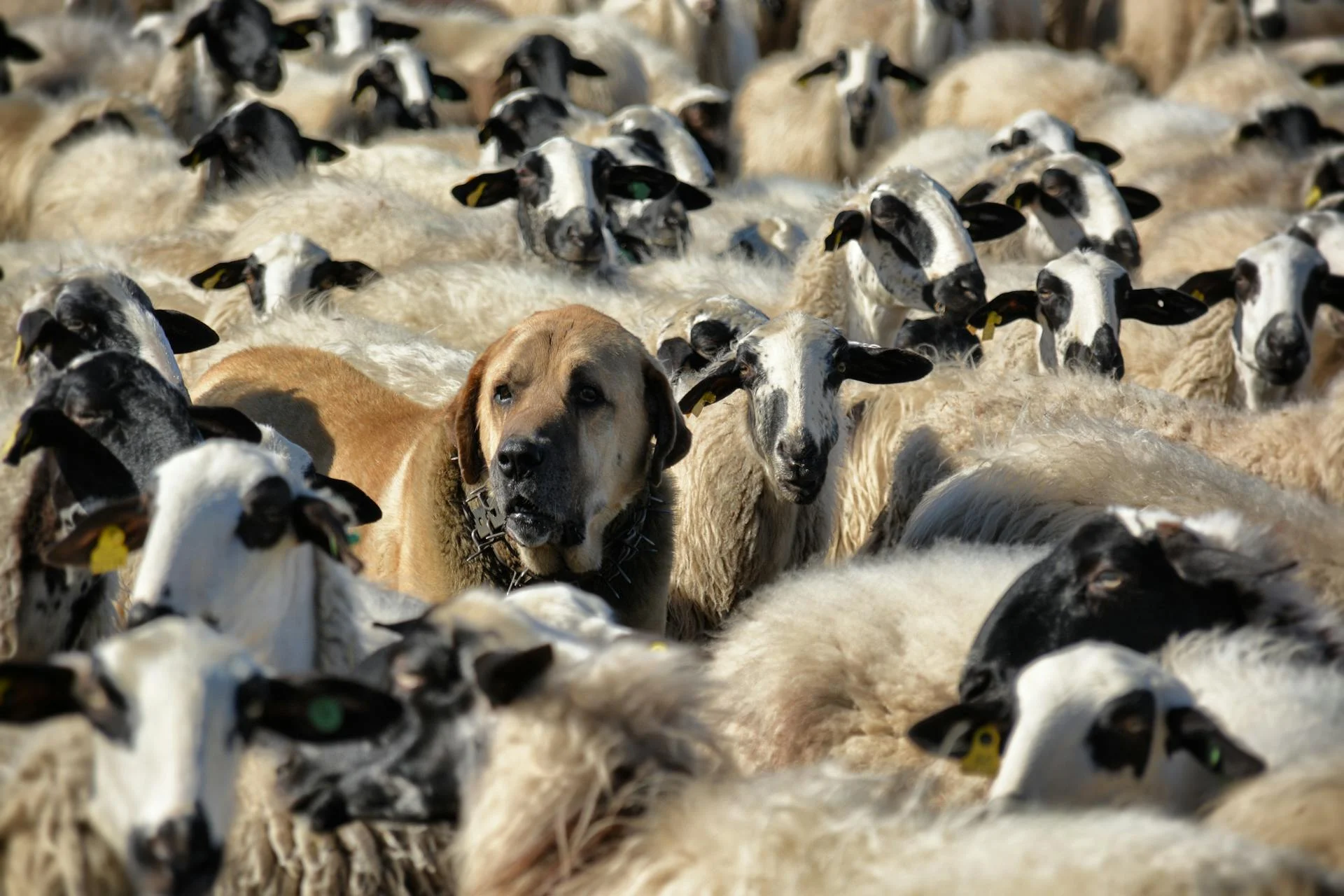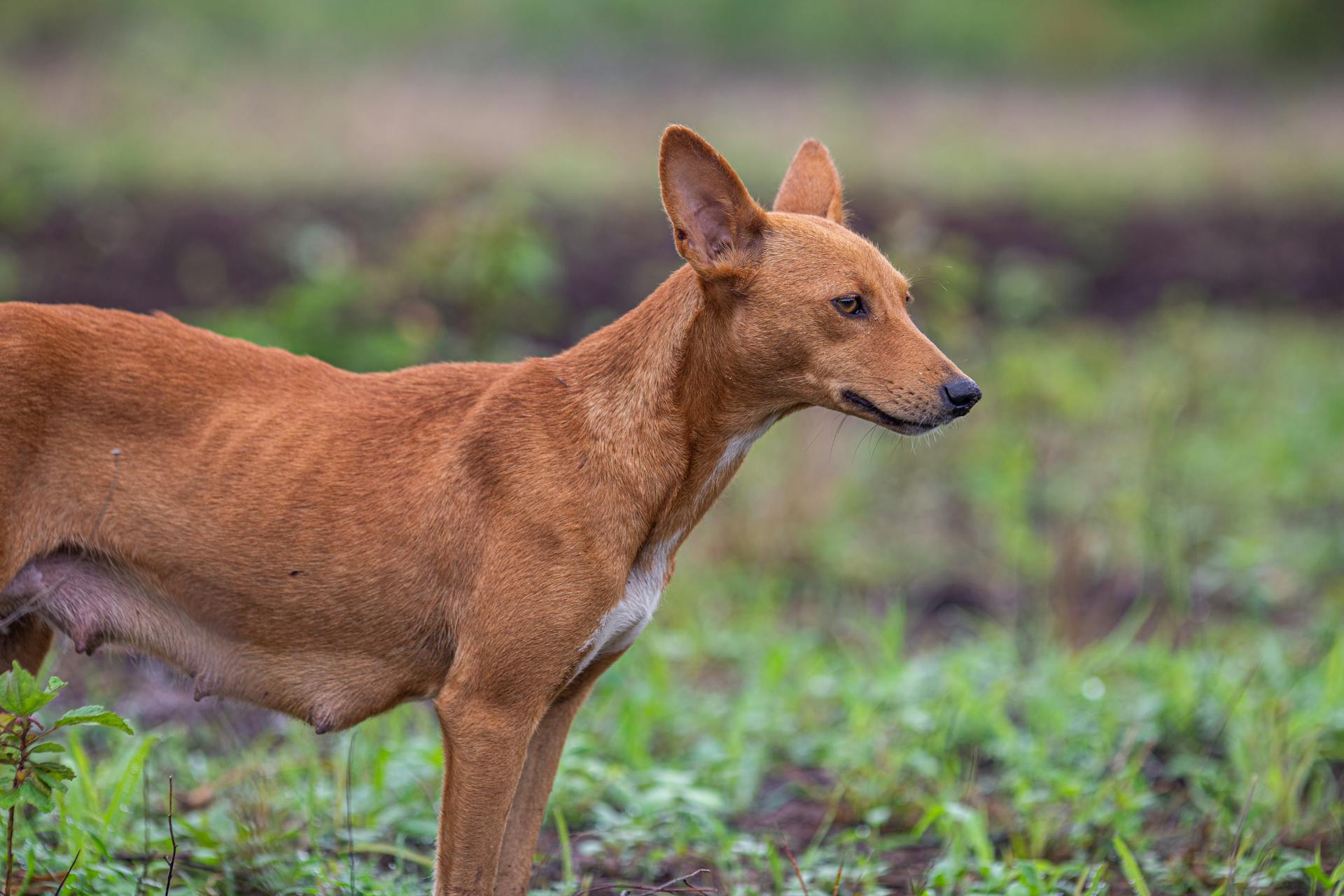
As a dog owner, you want to ensure your furry friend stays healthy and happy during pregnancy. A pregnant dog's appetite increases by 50% to meet the nutritional needs of her developing puppies. This means she'll need more calories and nutrients to support her growing family.
Pregnant dogs typically gain 10-20% of their body weight during pregnancy, with the weight gain happening mainly in the last few weeks. This weight gain is crucial for the puppies' development, so it's essential to monitor your dog's weight and adjust her food intake accordingly.
A well-balanced diet is essential for a healthy pregnancy, and your veterinarian can recommend the best food for your pregnant dog. Look for a high-quality dog food that's rich in protein, fat, and calories to support your dog's energy needs.
Pregnancy Preparation
As your dog's pregnancy progresses, you'll start to notice some significant changes. Her appetite will increase, and she'll start to gain weight. This is a normal part of pregnancy, but it's essential to monitor her condition and rule out any underlying health issues.
Curious to learn more? Check out: Signs of Pregnancy in Shih Tzu
You can expect to see a significant enlargement of her breasts and nipples, and you might even detect some milky fluid as the milk glands develop and enlarge. This is a sign that her body is getting ready for puppy birth.
It's crucial to prepare a safe and comfortable whelping box for your dog. A whelping box should be a safe, warm, draft-free, and easily cleaned location for your dog to have her puppies. You can purchase a whelping box or even use a small children's plastic swimming pool.
Here are some key features to look for in a whelping box:
- Easy for the mother to get in and out of
- Located in a quiet area of the house
- Easy access for you
It's also essential to introduce your dog to the whelping box before labor, so she feels comfortable and secure. This will help prevent any unexpected deliveries in unexpected places, like your closet.
If this is your first time breeding your dog, consult with your veterinarian about your role during labor and read up on what you need to know. Having another person present can be helpful in case you need assistance or to keep the puppies warm.
Pregnancy Symptoms and Diagnosis
If you suspect your dog is pregnant, there are several signs to look out for. An increase in appetite is one of the earliest signs, and your dog may start to gain weight from around day 35 of her pregnancy.
You may notice a slight mucus discharge around one month after mating, and her teats may become more prominent in color and size around 30 days after mating. Some dogs may vomit a little in the early stages of pregnancy, but if this continues, it's a good idea to speak to your vet.
A swollen tummy is usually noticeable from around day 40, although first-time mums and bitches carrying a small litter may not show as much. Your dog's weight can increase by up to 50% above normal during pregnancy.
Here are some common signs of dog pregnancy:
- Increase in appetite
- Weight gain
- Swollen belly
- Tires more easily
- Nesting behavior
- More affectionate
- Irritability
- Vomiting (in the first few weeks)
- Decrease in appetite (first few weeks)
- A slight mucus discharge
- Her teats become more prominent in color and size
To confirm a pregnancy, your vet can perform a dog pregnancy test from days 21-25 of her term, or an ultrasound from day 20-22.
Pregnancy Care and Nutrition
As your dog's pregnancy progresses, it's essential to ensure she receives proper nutrition to stay healthy. Proper Nutrition is crucial during this time.
During the first two-thirds of her pregnancy, if your dog is already on a good quality dog food and is at a healthy weight, you won't need to make any changes to her diet unless otherwise directed by your veterinarian. In fact, increasing the amount of food at this stage can be harmful.
As her weight increases in the last weeks of her pregnancy, veterinarians recommend increasing her food intake gradually, until she consumes 35-to-50 percent more than usual. This can be achieved by feeding her small, frequent meals, as large meals can cause discomfort.
Here are some tips for feeding your pregnant dog:
- Feed high-calorie dog food designed for pregnant dogs
- Avoid large breed puppy foods as they often lack essential nutrients
- Feed smaller meals more frequently to accommodate her growing belly
Build a Nest
As your dog's pregnancy progresses, it's essential to create a safe and comfortable space for her to give birth. In the last two weeks of her pregnancy, build a nest for her in a quiet spot at room temperature.
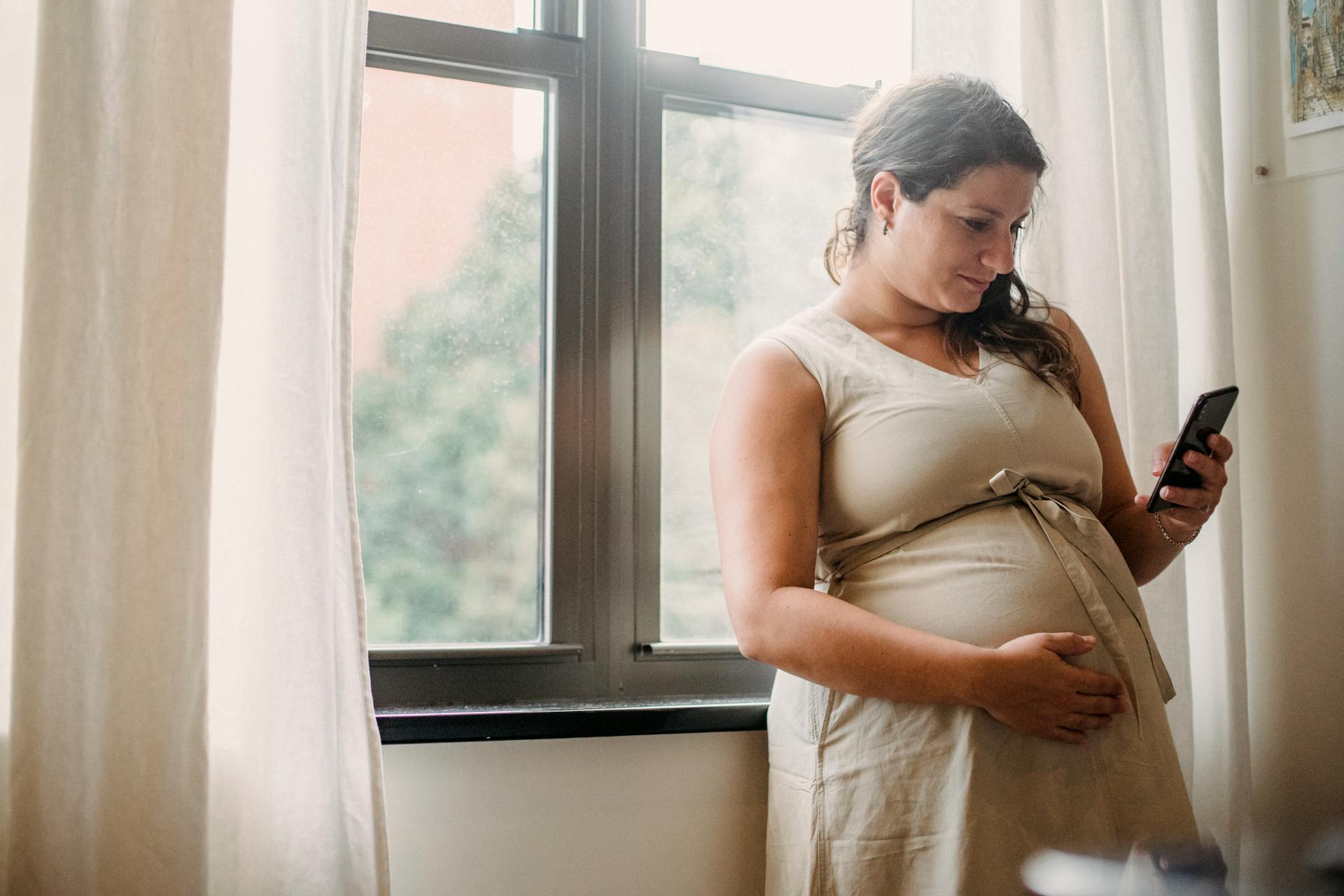
A large cardboard box lined with puppy pads and filled with clean blankets, sheets, or towels is an ideal nest for dogs giving birth. This will provide a safe space for her and the litter to fit comfortably inside.
If you have a large breed dog, you might struggle to find a box big enough, but you can still create a safe space inside the pen using blankets, towels, and maybe even a cheap dog bed as long as it doesn't have sharp hard edges.
Adding your dog's own bedding or toys to the nest can encourage her to use it and make her feel at home before the birth. Your dog will often choose where she wants to be herself, and it might be a case of you building her nest in the place she is comfortable.
Here are some tips to keep in mind when building a nest:
- Choose a quiet spot at room temperature.
- Use a large cardboard box or create a safe space inside the pen.
- Add clean blankets, sheets, or towels for comfort.
- Line the box with puppy pads in case of accidents.
- Include your dog's own bedding or toys to make her feel at home.
Proper Nutrition
As your dog's pregnancy progresses, it's essential to ensure she receives proper nutrition to stay healthy.
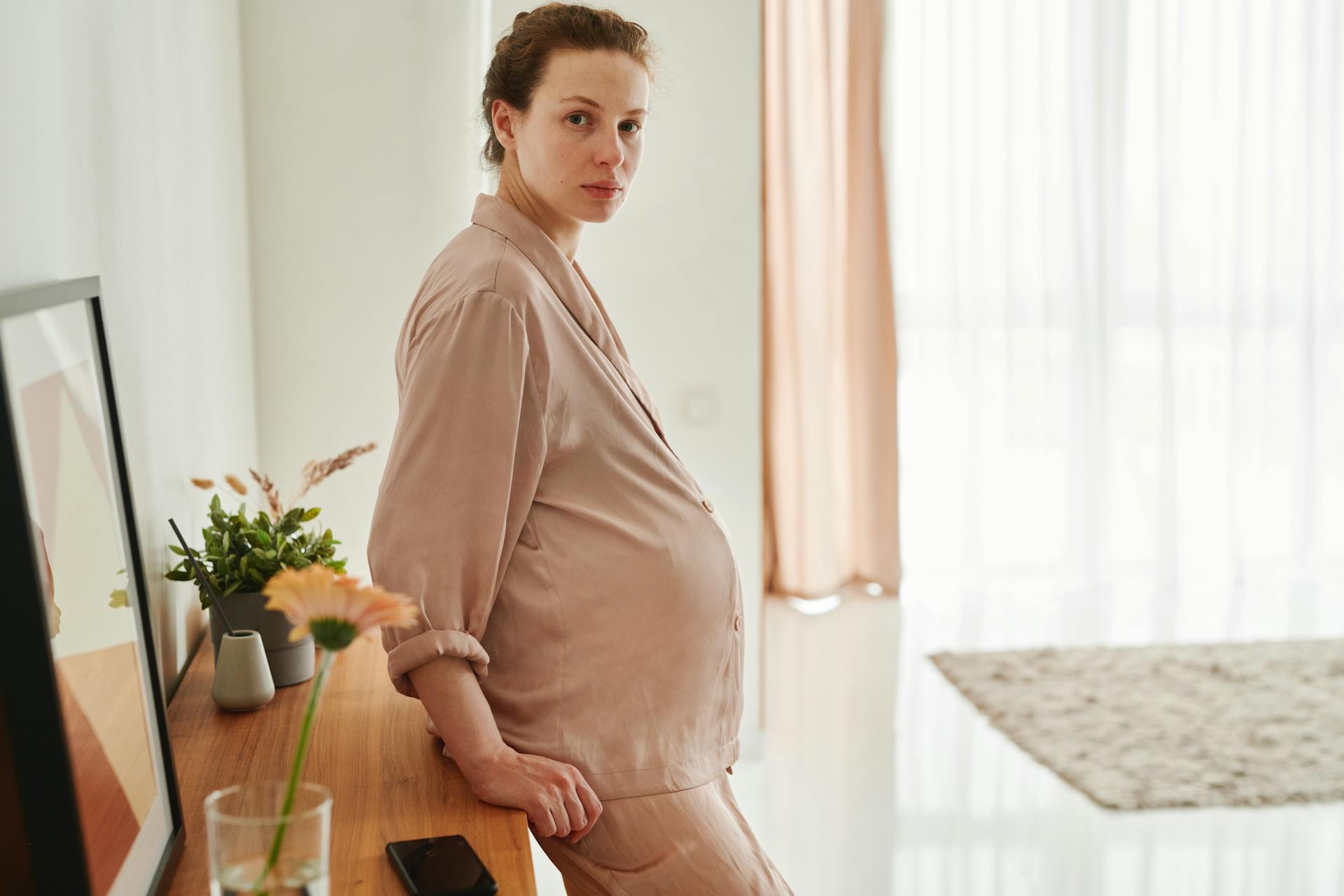
You won't need to make any changes to your dog's diet for the first two-thirds of her pregnancy unless your veterinarian advises otherwise.
If your dog is already on a good quality dog food and is at a healthy weight, you can simply maintain her regular feeding schedule.
In the last weeks of her pregnancy, your dog will need more calories to support her growing puppies.
Veterinarians recommend increasing her food intake gradually until she consumes 35-to-50 percent more than usual.
Increase her intake slowly and feed her small, frequent meals, as large meals can cause discomfort.
After about four weeks of pregnancy, you should put your dog on a high-calorie diet that contains the nutrients she needs to be healthy.
Your veterinarian can recommend the best dog food for your pregnant pup, but be sure to avoid large breed puppy foods that often lack essential nutrients like calcium and phosphorous.
Feed your dog smaller meals more frequently since she won't have as much room in her belly.
Expand your knowledge: Alternative Food for Dogs Instead of Dog Food
A Few Weeks Later

As your dog's pregnancy progresses, you'll notice significant changes in her behavior and physical appearance. Weight gain is a common sign, with some dogs gaining up to 50% above their normal weight by day 35 of their pregnancy.
A swollen stomach is also a noticeable sign, although first-time moms and dogs carrying small litters may not show as much. It's essential to monitor your dog's appetite, as it may decrease in the first few weeks, only to increase in the second half of pregnancy.
Some dogs may exhibit vomiting or irritability, especially in the first few weeks. If you notice any of these signs, it's crucial to speak with your vet to rule out any underlying conditions.
Here are some potential concerns to watch out for in the weeks leading up to your dog's labor:
- More than one of her puppies dies or you are concerned about the wellbeing of others.
- Any of her puppies appear depressed or reluctant to feed, known as ‘fading’ puppies.
Monitoring Health and Labor
You can tell if your dog is going to give birth within 24 hours by checking its temperature rectally. In this time frame, their temperature will drop below 100°F.
It's essential to monitor your dog's temperature regularly to ensure everything is progressing normally. If your dog's rectal temperature drops more than 24 hours ago and labor isn't starting, it's a sign to call your veterinarian.
Some signs of complications during labor include your dog's rectal temperature dropping more than 24 hours ago and labor isn't starting, severe discomfort, or if she doesn't deliver the first puppy 2 hours after contractions begin. If you notice any of these signs, it's crucial to contact your veterinarian immediately.
Dog labour should take about 3-12 hours from the start of the contractions. Dogs will usually give birth to all of the litter within 6 hours and never take longer than 24 hours.
Here are some warning signs of serious complications that could put both the bitch and the puppies at risk:
- Trembling
- Collapsing
- Shivering
Monitor Their Temperature
Monitoring Their Temperature is a simple yet crucial step in detecting impending labor. You can tell if your dog is going to give birth within 24 hours by checking its temperature rectally.
Their temperature will drop below 100°F, a clear sign that labor is near. This subtle change can be a reassuring indicator for expectant dog owners.
After a Few Hours

If your dog is showing signs of distress or discomfort after labor, it's essential to monitor her health closely.
Your bitch may not have passed all the placentas you would expect, which can be a sign of a problem.
There should be as many placentas as there are puppies, so if you're missing any, it's worth investigating further.
A fever, loss of appetite, or listlessness in your dog can indicate an infection within her uterus.
If your dog is acting strangely, such as twitching, showing nervousness, restlessness, or a stiff, painful gait, or even seizures, it could be a sign of a calcium deficiency called hypocalcaemia.
If your dog continues to strain after producing all the puppies you were expecting, it may be a sign of a retained placenta or other complications.
Keep a close eye on your dog's behavior and overall health, and seek veterinary attention if you notice any of these warning signs.
How Long Are?
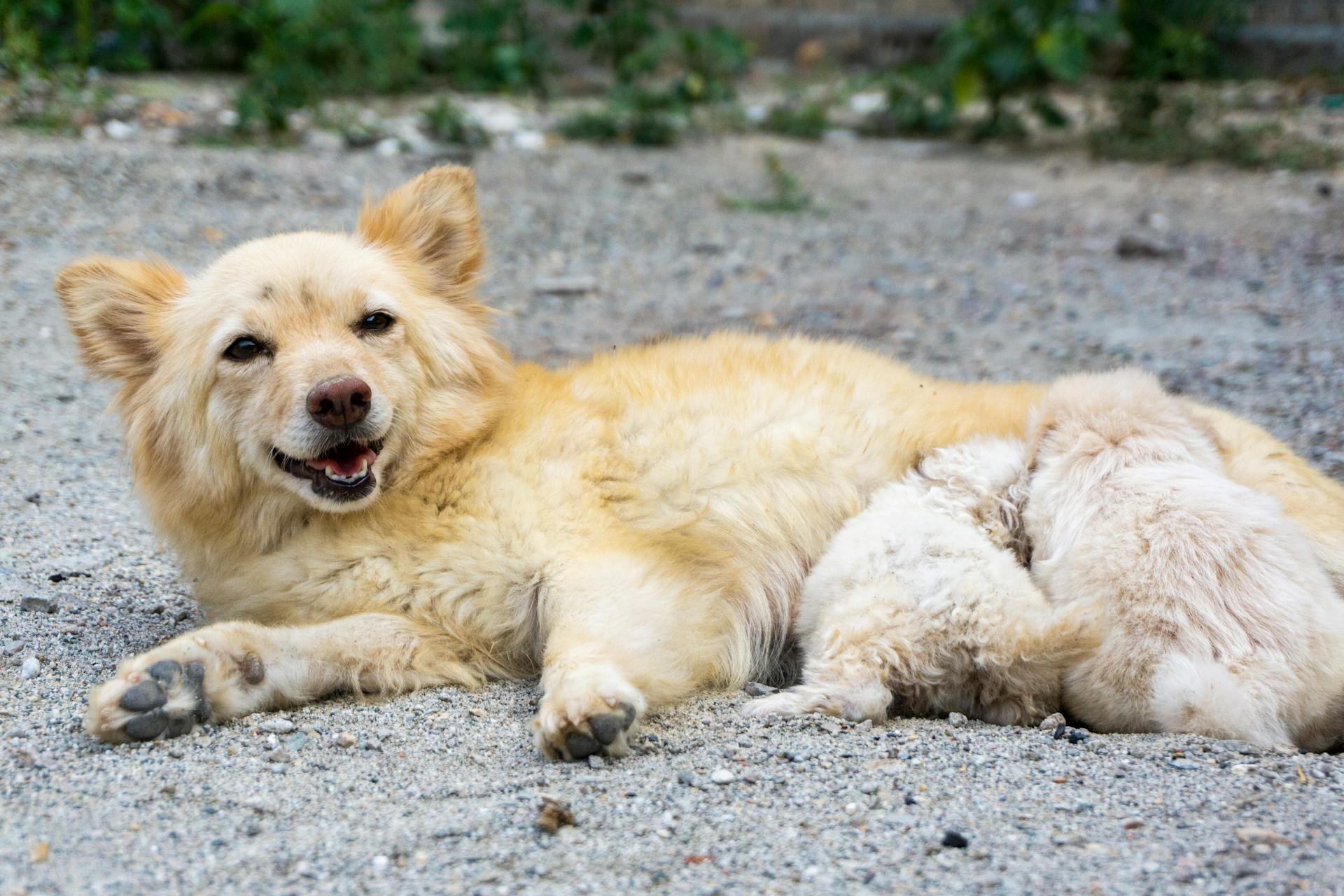
Dogs are pregnant for approximately 62-64 days, or about two months.
The first month of pregnancy is a critical period, with fertilized eggs traveling to the uterine horn and embedding themselves in the lining at about 15-18 days.
Fetal growth is rapid during early pregnancy, with these swellings doubling in diameter every 7 days.
By the end of the first month, a veterinarian can detect a fetal heartbeat.
Dog labour should take about 3-12 hours from the start of the contractions.
Dogs will usually give birth to all of the litter within 6 hours.
Never expect dog labour to last longer than 24 hours.
Readers also liked: Female Dog First Heat Cycle
Whelping and Childbirth
As your pregnant dog's due date approaches, you'll start to notice some warning signs of labor. She may stop eating a few days before whelping and start trying to build a "nest" in her whelping box. This is a normal behavior, and it's essential to provide her with a safe and comfortable space for delivery.
Pregnant dogs close to delivery often pant heavily, and a drop in rectal temperature usually precedes delivery by about 8-to-24 hours. You may also notice that she doesn't eat or eats very little.
Here are some key signs to watch for during whelping:
- Mild contractions for about 6-12 hours
- Strong contractions, followed by a clear fluid from her vulva
- Puppies are usually born within 20 minutes of each other, but it's normal for mum to have a rest during delivery
- Greenish/brown discharge may suggest a placenta has separated
It's crucial to be with your dog during labor and delivery, as she may need some help or reassurance. If you notice any complications, such as discolored discharge or straining without producing pups, contact your vet immediately.
When to Breed?
Dogs can get pregnant when they come into season, which happens about once every eight months.
Their fertile period, also known as being in heat, lasts for up to three weeks.
During this time, your dog may get into altercations with males if they don't feel quite ready to mate.
Walking them on a lead during their season can help your dog avoid any scuffles.
Curious to learn more? Check out: When Can a Female Dog Get Pregnant during Heat
Whelping
Whelping is a critical and exciting time for your dog and her puppies. It's essential to be prepared and know what to expect. A pregnant dog typically starts showing physical signs of pregnancy around day 40, with a noticeable belly expansion and enlarged nipples.
As the end of pregnancy approaches, you'll notice significant changes in your dog's body. Her breasts and nipples will enlarge, and you might detect milky fluid as the milk glands develop. Her abdomen will increase in size and may sway as she walks.
The best way to prepare for whelping is to set up a whelping box. A whelping box offers a safe, warm, and easily cleaned location for your dog to have her puppies. You can purchase a whelping box or use a small children's plastic swimming pool. Make sure it's easy for the mother to get in and out of, but not the puppies.
A normal litter size can range from 1 to 12 puppies, but the first two litters are often smaller. If you're expecting a litter, keep an eye out for warning signs of labor, such as:
- Stopping eating a few days before whelping
- Trying to build a "nest" in the whelping box
- Panting heavily
- A drop in rectal temperature
- Abdominal contractions
- Straining and moaning
During whelping, you'll notice strong contractions, followed by a clear fluid from your dog's vulva. A puppy should follow within 20-30 minutes. Puppies are usually born within 20 minutes of each other, but it's normal for the mother to have a rest during delivery.
Here are some essential things to keep in mind during whelping:
It's essential to keep an eye on your dog and her puppies during and after whelping. Monitor for signs of infection or illness, such as fever, loss of appetite, or foul-smelling discharge. If you notice any of these symptoms, seek veterinary attention immediately.
Frequently Asked Questions
How do female dogs act when they are pregnant?
Female dogs may exhibit subtle changes in behavior during early pregnancy, including increased tiredness, more affectionate behavior, and slight changes in appetite and physical appearance. If you suspect your dog is pregnant, look for these signs and consult a veterinarian for confirmation and guidance.
Sources
- https://www.akc.org/expert-advice/dog-breeding/dog-pregnancy-care-prep/
- https://www.purina.co.uk/articles/dogs/health/pregnancy/spotting-the-signs-of-pregnancy
- https://www.michigananimalhospital.com/site/blog/2021/11/30/dog-pregnant-signs
- https://www.purina.co.uk/articles/dogs/health/pregnancy/labour-and-giving-birth
- https://www.webmd.com/pets/dogs/signs-dog-pregnant
Featured Images: pexels.com
